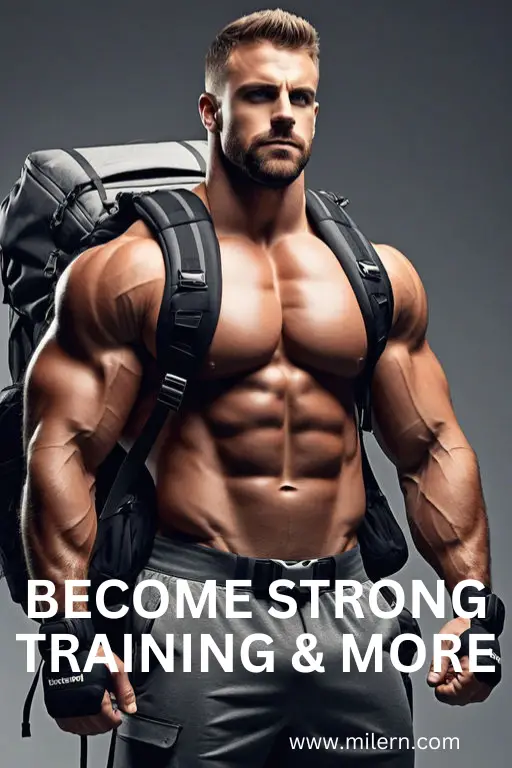The attraction some males feel towards females in boots can be explained through a mix of cultural, psychological, and evolutionary factors:
- Cultural Influences: Fashion trends and media play significant roles in shaping perceptions of attractiveness. Boots are often associated with strong, confident, and stylish personas in movies, TV shows, and fashion magazines. This portrayal can influence societal views on what is attractive.
- Symbolism and Associations: Boots can symbolize power, independence, and a rebellious spirit, traits that some may find appealing. They can also be associated with specific subcultures, such as punk or goth, which have their own aesthetic appeal.
- Footwear and Posture: Boots, especially those with heels, can alter posture and the way a person walks. This can emphasize certain physical features, such as the legs and hips, which some might find more attractive.
- Individual Preferences: Personal tastes vary widely. Some people might have a particular preference for boots due to past experiences, individual fetishes, or simply personal aesthetics.
- Evolutionary Psychology: From an evolutionary standpoint, certain types of clothing and footwear that emphasize physical features could be linked to perceived health and fertility. While this is more speculative, it could play a role in subconscious attraction mechanisms.

Overall, the attraction to females in boots is a complex interplay of societal norms, personal preferences, and potentially evolutionary factors.
- Confidence and Empowerment: Boots, especially those that are sturdy or have a heel, can give the wearer a sense of confidence and empowerment. Confidence is a trait often found attractive because it signals self-assuredness and competence. Seeing someone exude confidence can enhance their overall attractiveness.
- Fashion and Identity: Boots can be a significant part of personal style and identity. Someone who wears boots might be seen as having a strong sense of style, which can be attractive. Fashion choices can also signal group identity or belonging to certain subcultures, which can appeal to those who identify with or admire those groups.
- Practicality and Functionality: In certain contexts, boots are practical and functional footwear. For example, in outdoor or rugged environments, they provide protection and support. This practicality can be attractive as it showcases a person’s readiness and capability to handle different situations.
- Variety and Versatility: Boots come in many styles, from ankle boots to knee-high and thigh-high variants, in various materials and designs. This variety allows for different looks and vibes, whether it’s casual, professional, edgy, or glamorous. The versatility of boots can cater to a wide range of tastes and preferences, making them a popular and attractive choice.
- Historical and Cultural Archetypes: Boots have historical associations with warriors, adventurers, and other dynamic figures. These archetypes often carry qualities such as bravery, exploration, and strength, which can be appealing on a deeper psychological level.
- Sex Appeal and Fetishism: In some cases, boots can be part of a fetish. Footwear, including boots, can be a focus of sexual attraction for some individuals. This can stem from the way the boots look, the way they make the wearer feel, or associations made with them in a sexual or romantic context.
- Material and Texture: The materials used in making boots, such as leather, can have a tactile and visual appeal. The texture, shine, and even the scent of leather boots, for example, can evoke a sensory response that some people find attractive.
- Psychological Triggers: Certain visual cues and symbols can trigger psychological responses tied to attraction. Boots might serve as a trigger for certain fantasies or desires, contributing to their appeal.
Ultimately, the attraction to females in boots is multifaceted, influenced by a combination of cultural, psychological, personal, and sometimes evolutionary factors. It’s important to note that these reasons can vary greatly among individuals, as personal tastes and experiences play significant roles in shaping what people find attractive.
